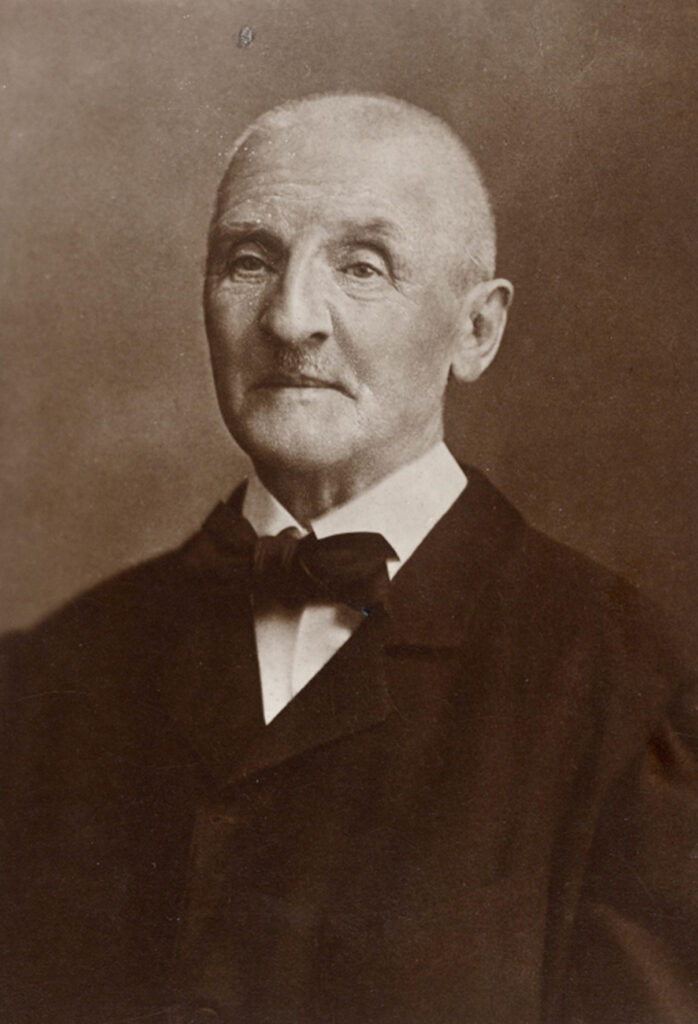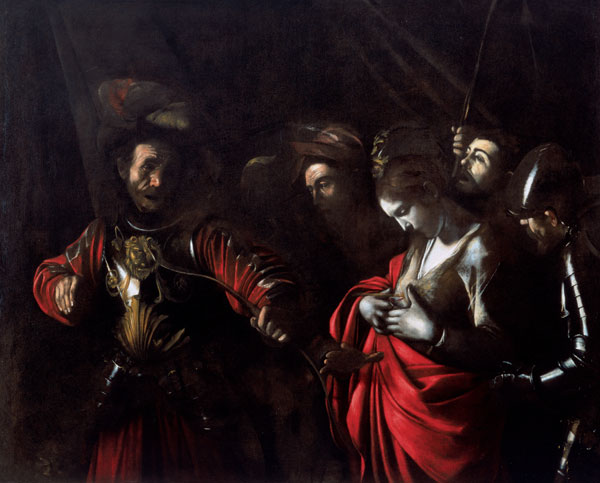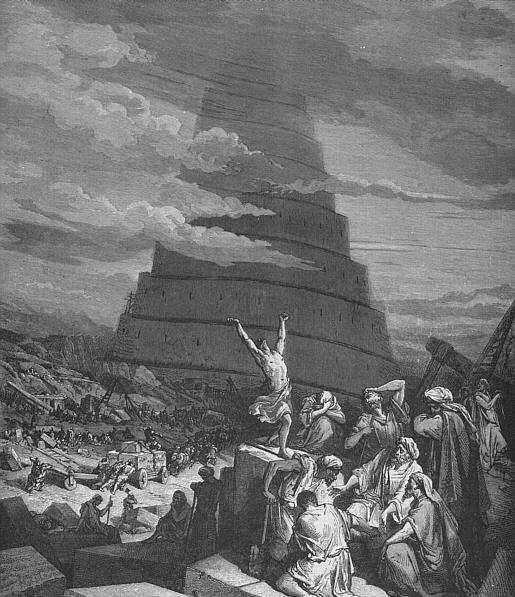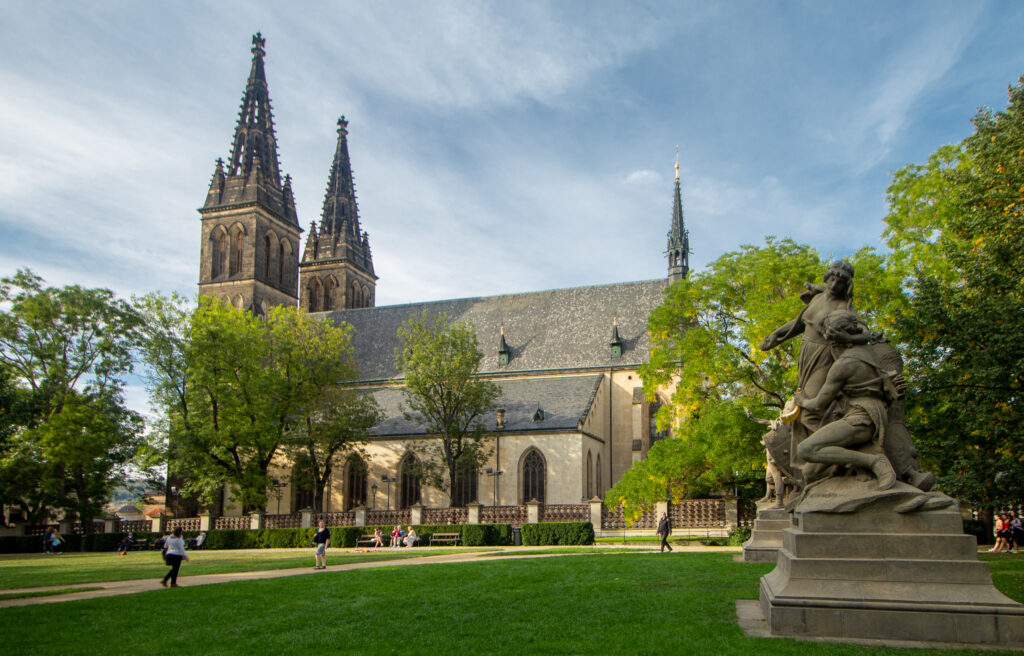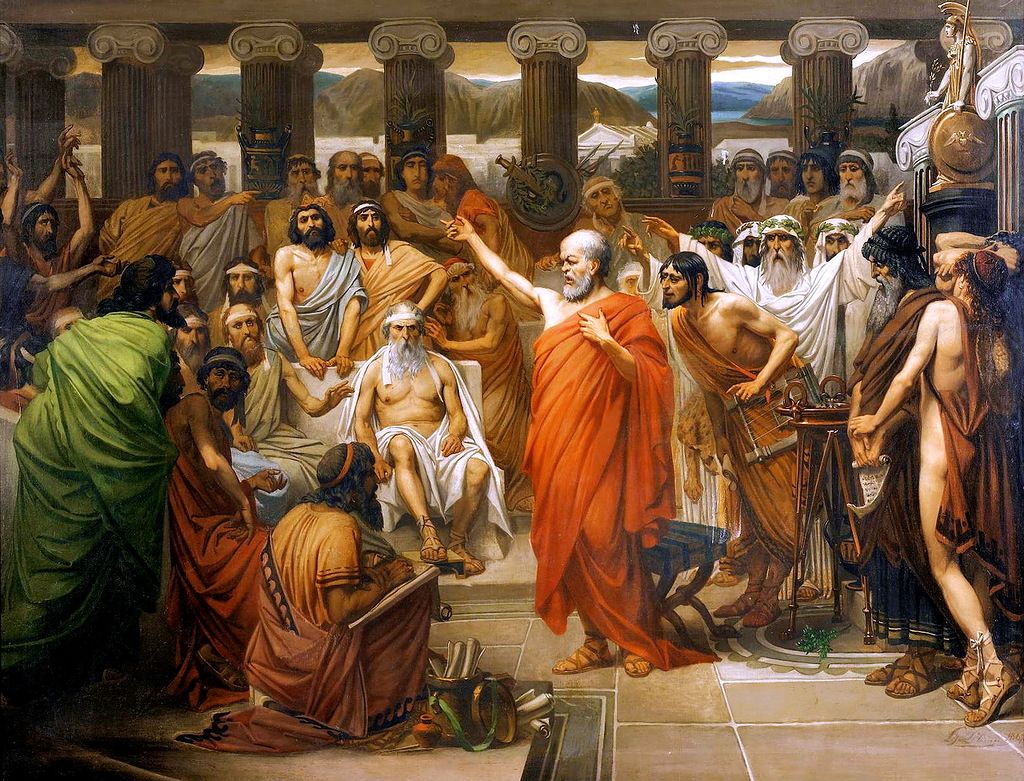
‘Socrates Address’, Louis Joseph Lebrun, 1867, credit Wikipedia
“We must Educate our Masters”
By Duke Maskell
Whenever the word “standards” crops up in connection with education, it’s time to lose heart (or to emulate Goering). Only two things are going to be said: that standards ought to be raised and that such-and-such is the way to do it, by launching this initiative or putting in place that policy, and by some arrangement of block-and-tackle.
The trouble is that the standard of public discussion is now so abysmally low that standards have become widely unintelligible except in the form of those protected by the British Standards Institute and for which a certificate can be awarded. The word has become assimilated to quality control and audits. Standards—as now understood—are things to be specified “objectively”, measured and raised (or lowered) by choice. All governments have to do is will the end and provide the means—without it mattering what the character is either of the government that offers to perform the miracle or the people who are to benefit from it. And yet the best educated government can’t achieve more than the general level of culture permits and the worst can’t escape the limitations of its own character.
The way the word “standards” is commonly used in political discussion is itself a sign of those limitations and of their power to frustrate good intentions. The absurdity of governments undertaking to raise standards in religion or love or virtue is (let’s hope) self-evident. A politician who promised to deliver a higher standard of faith, hope or charity, would be announcing only that he didn’t know what faith, hope or charity were. It’s a sign of how deeply uneducated public discussion in this country has become that the same promise made in the case of education isn’t found absurd at all.
Only someone genuinely religious could ever affect the religious nature of anyone else. And only a government of men and women themselves educated could ever make any difference to the state of education in this or any other country. And no one who was genuinely educated could ever talk as glibly about levering up standards, delivering quality and all the rest of it, as our present politicians of all parties do.
Attempts by the uneducated to raise educational standards betray just how cripplingly low our standards are—not amongst those whose standards are lowest but amongst those whose are supposedly highest; and the same attempts make our standards lower still. What has the massive expansion of university education done but make us worse educated than we were 60 years ago?
Who could dream up the various bodies, which, over the years–from awareness that Higher Education has fallen below scratch–have been given the job of improving it. There was the Research Assessment Exercise (1986-2008)—which supposedly judged (on a scale of 1 to 5) and rewarded (with money) the quality of research in university departments but which actually did nothing much beyond counting, and rewarding, the number of pages produced … until it got replaced by the Research Excellence Framework (2008-) which does the same job but awards stars instead of numbers (none to four). Then there was (or, perhaps, still is) the Quality Assurance Agency (1997-), inspired by the Dearing Report, written by dunces for dunces.[1] The QAA used to bestow marks (out of 24) indifferently on, for instance, both university departments that try to educate their students in foreign languages and those from which students graduate without any idea of what makes the languages they have studied worth knowing. Its work may have been taken over by the Office for Students (2018-). Or, to go further back in time, only an uneducated people would have failed not to considered themselves swindled by Ofsted’s 1993 report on “Standards and Quality” in A-level examinations. It doubtless cost a fortune to produce but said absolutely nothing.[2] No country whose standards were capable of being raised would ever have commissioned the Charter for Higher Education of 1993 or the Dearing Report of 1997. Or, if they had, would have burned them once they saw the results.
The most important qualification for any educational reformer is pessimism. What we most need is an educated understanding of education; and we will never get that from the DfE, REF, QAA or Ofsted. But there is no need to look back to Socrates or J. H. Newman, or Jane Austen.[3] Or to Dickens and D. H. Lawrence. But imagine trying to convince any Minister for Education or the Committee of Vice-Chancellors of that. It would be a task more like religious conversion than educational reform.
How to have high standards in a mass university
Only in a country where egalitarianism is rampant could anybody wonder whether expanding the university population seventeen-fold—from 3% in 1960 to about 50% now—must mean lowering standards. In any art (or sport or science), everyone wants to work with other people who are at least as good as (but perhaps not too much better than) himself. Everyone recognises that that’s the way to do his best and learn to do better. What’s the use of a boxer sparring with someone he can hit at will and who can’t hit him? If you’re a would-be actor with no sense of timing what’s the use of your rehearsing with the RSC. What’s the use of arguing with someone who needs furnishing with not just an argument but an understanding? In arts of every kind, the best calls to the best as strongly as, in procreation, youth calls to youth; and it’s the best that shows us what an art, of any kind, can amount to and what there might be to value in it.
The need for a sort of natural selection is felt just as strongly at the lowest level as at the highest. Boys playing football in school playgrounds form a pecking order and exclude the least able quite pitilessly. And the excluded, however disappointed, accept their fate without protest, as just and necessary. (Who, after all, wants to spoil the game?) The arts that people actually care about—that they show they care about in practice—are all frankly and unforgivingly elitist.
Which is how it is in any university worthy of the name. The defining activity in universities isn’t lecturing and being lectured at; it’s discussion and argument, a disciplined refinement of ordinary conversation. Students of, say, philosophy aren’t learning about philosophy, they’re learning to think philosophically, to do it; and they don’t learn that from a source, as information or a methodically coached skill. They learn in the company of others, in the to-and-fro of talk, by trial and error, and subject to the criticism, correction, confirmation of others, just as anyone acquires any other art. “Its art is the art of social life,” as Newman said. But let half the population into the room and what art is anyone going to acquire?
But not in the eyes of our political masters and the liberal establishment they are drawn from. For, uniquely, in the case of the academic arts, the laws of social life (and the school playground) are suspended. A seventeen-fold expansion of the university population needn’t mean lower standards, not when, as the Good Lord Dearing said, we can accompany it with a commitment to high ones. You just put in place, firstly, your national policy objective—to combine participation for all with high standards from top to bottom—and then your mechanisms for achieving it—a participation strategy, a progress monitoring mechanism and an achievement review provision, plus a Quality Assurance Agency with expert teams, benchmark information, a framework of qualifications and threshold standards.
But this is what should be done. Put the policy of the last 60 years into reverse. Close three quarters of the universities, get rid of all the fake subjects like ‘Business Studies’,’ Hospitality Science’ and ‘Aromatherapy’ (instead of the real ones like Philosophy and Music), reduce the number of students to one in 10 (or 20), reinstate grants—and save £bns every year. And save a bit more by getting rid of all the standard-policing agencies like the REF and QAA, which are only thought necessary because the universities are no longer universities.
Who assures the quality of the Quality Assurance Agency?
Universities, naturally, dislike being inspected; and, if they do badly in an inspection, as, inevitably, some do, they, naturally, dislike even more having the fact broadcast. And 20 years or so ago, they must have said so. For in 2001 the government decided to cut the proportion of departments it inspects from 100% to 10%. And John Randall, the then Chief Executive of the QAA, resigned in protest.
What were we supposed to think? That without the QAA’s scrutiny, the quality and standards of university courses would still be safe in the universities’ own hands or that they would no longer be, as Mr Randall put it, “sufficiently robust to safeguard the interests and information needs of students, professional bodies and employers”?
Two things Mr Randall was surely right about: that academic standards are not a private matter for universities and that the less independent, public scrutiny they receive the lower they are likely to be. But, it ought to be noted, he had a peculiar idea of what makes scrutiny independent and public. I don’t think he would count as “public” the haphazard and unofficial network of judgements that make up the reputation of, say, a writer or a journal and which used to make up the reputation of university departments too, before we needed a government agency for “assuring quality”.
For such a network is made up of individual judgements that are—in contrast to his “public”—private. They are occasional, provisional and always subject to contradiction: my English master, for instance, telling me, 60-odd years ago, that if I couldn’t get into Cambridge I should try for University College London or Bristol but not Oxford. Or advising someone they would be wasting their time studying anything with “Media” or “Leisure” in the title. Such criticism is certainly necessary but it has no public status as Mr Randall or any of his successors understand the term. It’s just “personal opinion”. By “independent” or “public” scrutiny, Chief Executives, with a remit, like Mr Randall, never mean any sum of fallible personal opinions and observations, however public and publicly debated. In their view of things, Shakespeare himself couldn’t be known to be a great playwright and poet without having first been pronounced so by a government agency with a remit to pronounce so.
They always and only ever mean the unimpeachable verdicts delivered by an organ of state set up to deliver unimpeachable verdicts: judgements made systematically—through “arrangements for assuring quality”—and turned into “information” (that is, put beyond contradiction). By “public” they mean “official”. Their “public” is the public of Clause 4 and state monopolies, of the soviets. It is the “public” of the capitalist apparatchik—of a CEO with a government remit.
That Mr Randall resigned when the Agency he headed was emasculated showed that he was a conscientious public servant and an honourable man but it didn’t mean that his resignation was necessarily a significant loss to education. The absurdly named Quality Assurance Agency is supposed to “assure” the standards of university teaching but it never occurs to anyone responsible for it that its own standards might need “assuring” too—that that’s what criticism is like, always inviting a rejoinder, never information, without a bottom line,
A QAA verdict on one of Manchester University’s departments, for instance, was that its final-year work “lacked sufficient academic rigour in terms of theoretical underpinning, critical analysis, and familiarity with current academic research”—which might look like a judgement worth having—but only if you didn’t know that the subject in question was ‘Hospitality, Leisure and Tourism’, sure to be made fraudulent by the least touch of anything resembling “theory”, “analysis” or “research”. The Quality Assurance Agency was merely reproducing and reinforcing the fraudulence it ought to have been exposing. Which is to say that it is a fraud too. And then, of course, there were the newspapers—themselves no better—reporting the QAA’s verdict as if it were akin to a Which? Guide.
The QAA and the Ofs, with or without conscientious public servants at their heads, can be nothing but hopelessly unfitted for the task of scrutinizing university standards because they lack the very quality Mr Randall unthinkingly thought characterised the QAA of his time, independence. The test for the government-funded QAA of what is and is not proper university work is the same as that of the government-funded universities themselves: is the government willing to fund the study of this ‘subject’? What other test could there be? If the government pays for half the population to go to university, what half the population does when it gets there must be proper university work, whatever it is. If the government pays for university departments of ‘Hospitality, Leisure and Tourism’, then ‘Hospitality, Leisure and Tourism’ must be a real academic subject. If university students may read (shall we say “read”?) ‘Philosophy and Waste Management’ at Northampton University College, ‘Theology and Water Resources’ or ‘Aromatherapy and Politics’, at Oxford Brookes, ‘Healing Arts and Popular Music’ at Derby, ‘Therapeutic Bodywork’ at Westminster, ‘Watersports Studies’ at Southampton Institute, all these courses, and the hundreds like them, must be, as John Clare, Education Editor of the Daily Telegraph, said (August 15, 2001), “intellectually challenging and academically rigorous”.
Mr Randall went to the QAA, he said, “from outside the academic world”—as if that qualified him to judge it. But what “from outside the academic world” meant for him and the essentially uneducated political class that established the QAA and appointed him its Chief Executive was not ‘from the world, the world at large’, of general, unspecialised intelligence and common judgment, the really public world, in which, for example, newspapers exist; it meant only that he came from one department of officialdom, that of trade unions and professional bodies, and went to another, that of government agencies, where he inspected the workings of a third, that of the government-funded university system. Understandably, one of the things he carried from his old employment to his new was a perfect confidence that what is official is real. How could he not?
QAAs and Ofss are, perhaps, able to say whether the departments they inspect are good of their kind; what they can’t say is whether the kinds they are good of are any good or not and whether the work done in them is worth doing. Such questions, the most important of all, aren’t—for them—askable. They belong to that category of things of which, being unable to speak, we must forever remain silent. The inspectors inspect the quality of the teaching not of what is taught. Let what is said in the lecture or seminar be never so dull or trivial or confused, if it is taught effectively, that is, can be reproduced by those it is taught to, it is taught well. And let what is said be never so profound or important, if the lecture’s outcomes don’t match its aims and objectives, it has been taught badly. The inadequacies of a Wittgenstein or a Leavis wouldn’t succeed in this regime.
The universities are full of fake subjects taught by fake teachers, studied by fake students and inspected by fake inspectors; and the more fake education we provide and pay for, the less we are able to distinguish it from the genuine. But the QAA can’t say so because it is just as much the creature of its master the government as the universities that put on the courses it inspects. And it is the government, of course, that wants such courses. How else can it fulfil its boast of putting one-in-two of us through so-called universities? How else, except by destroying the universities as universities, can we prosper in the competitive world of the twenty-first century?
Duke Maskell writes Reactionary Essays at dukemaskell.substack.com
He is the joint author of The New Idea of a University, Imprint Academic, 2002
ENDNOTES
[1]The New Idea of a University, pp. 63-71, Duke Maskell and Ian Robinson, Imprint Academic, 2002
[2] Ibid, pp. 122-144
[3] Ibid, pp. 36-56
Like this:
Like Loading...
